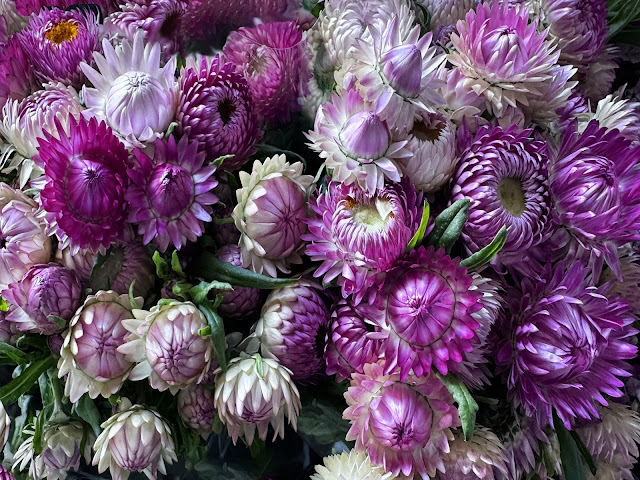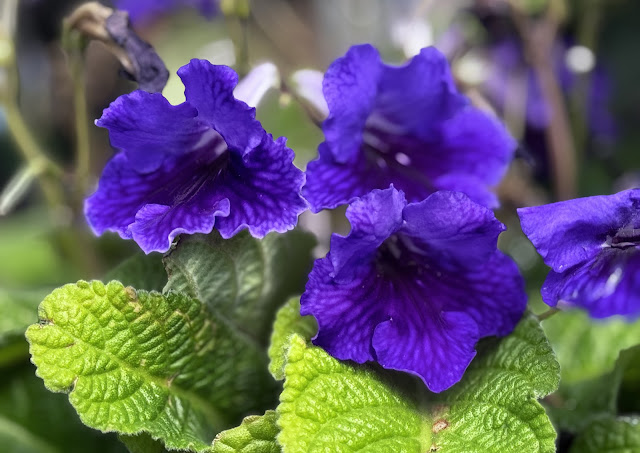Tibouchina is a genus of about 350 species of neotropical plants in the family Melastomataceae. They are trees, shrubs or subshrubs growing 0.5–25 m tall, and are known as glory bushes or glory trees. They are native to rainforests of Mexico, the Caribbean, and South America, especially Brazil. The name comes from an adaptation of the native Guiana term for these shrubs.
In Brazil, people use the massed purple blooms to decorate churches at Easter time. Here in Australia tibouchinas also make quite a statement in autumn, with their riot of purple flowers. This particular plant is Tibouchina 'Alstonville', probably the best of the larger growing kinds, and common as a garden and street tree in Melbourne. This plant was produced at Alstonville, on the New South Wales North coast, by the late Ken Dunstan.
It is an evergreen small tree which usually grows to about 5m tall. The foliage is dark green in colour with a pale reverse. 'Alstonville' puts on a brilliant display of violet/purple flowers in late summer and autumn. It makes an excellent street or specimen tree, and responds very well to pruning. Join me for Floral Friday Fotos by linking your flower photos below, and please leave a comment once you have done so.
****If you take part in the meme, please show an active link back to this site on your own blog post, and please leave a comment!****





